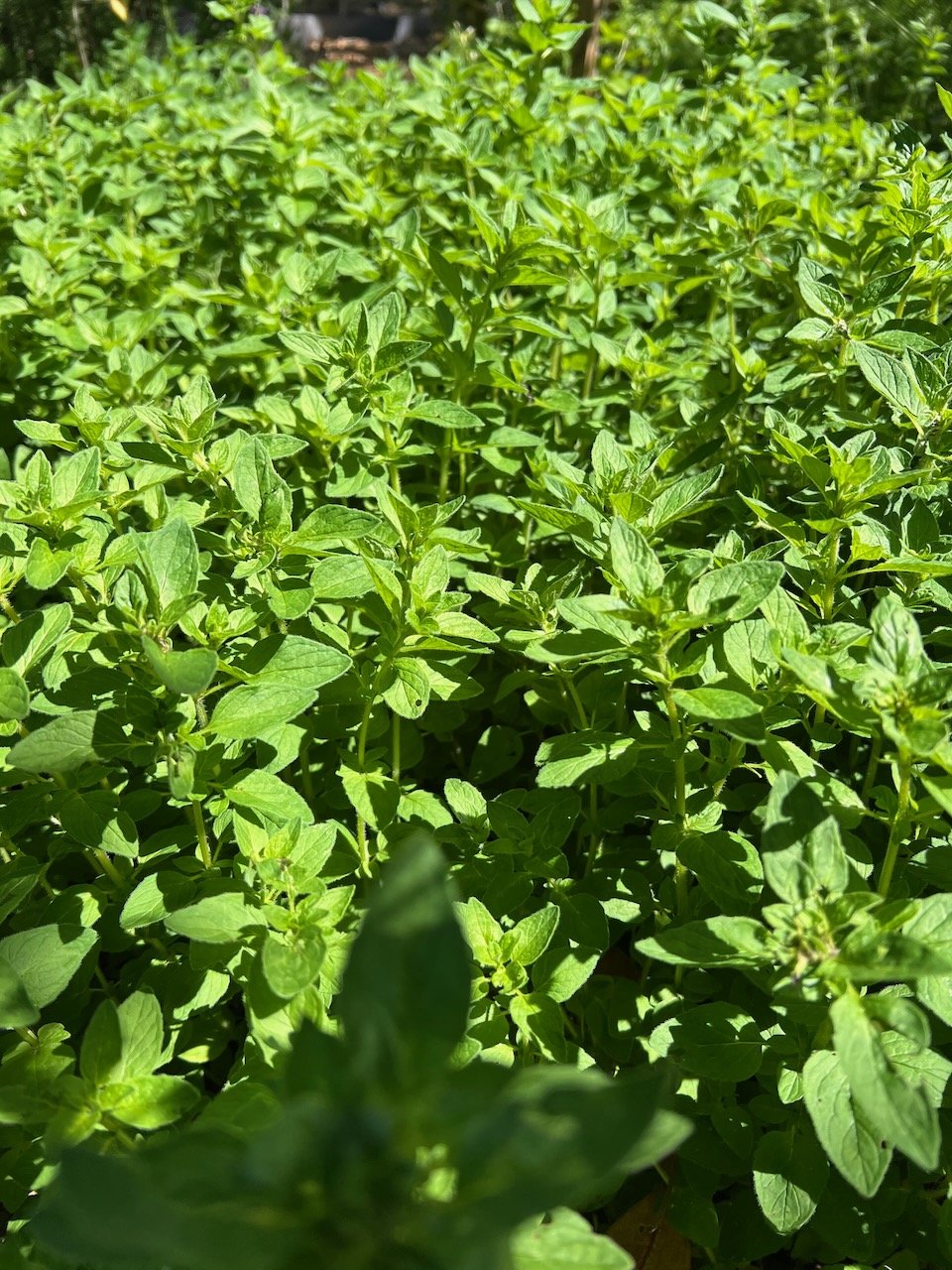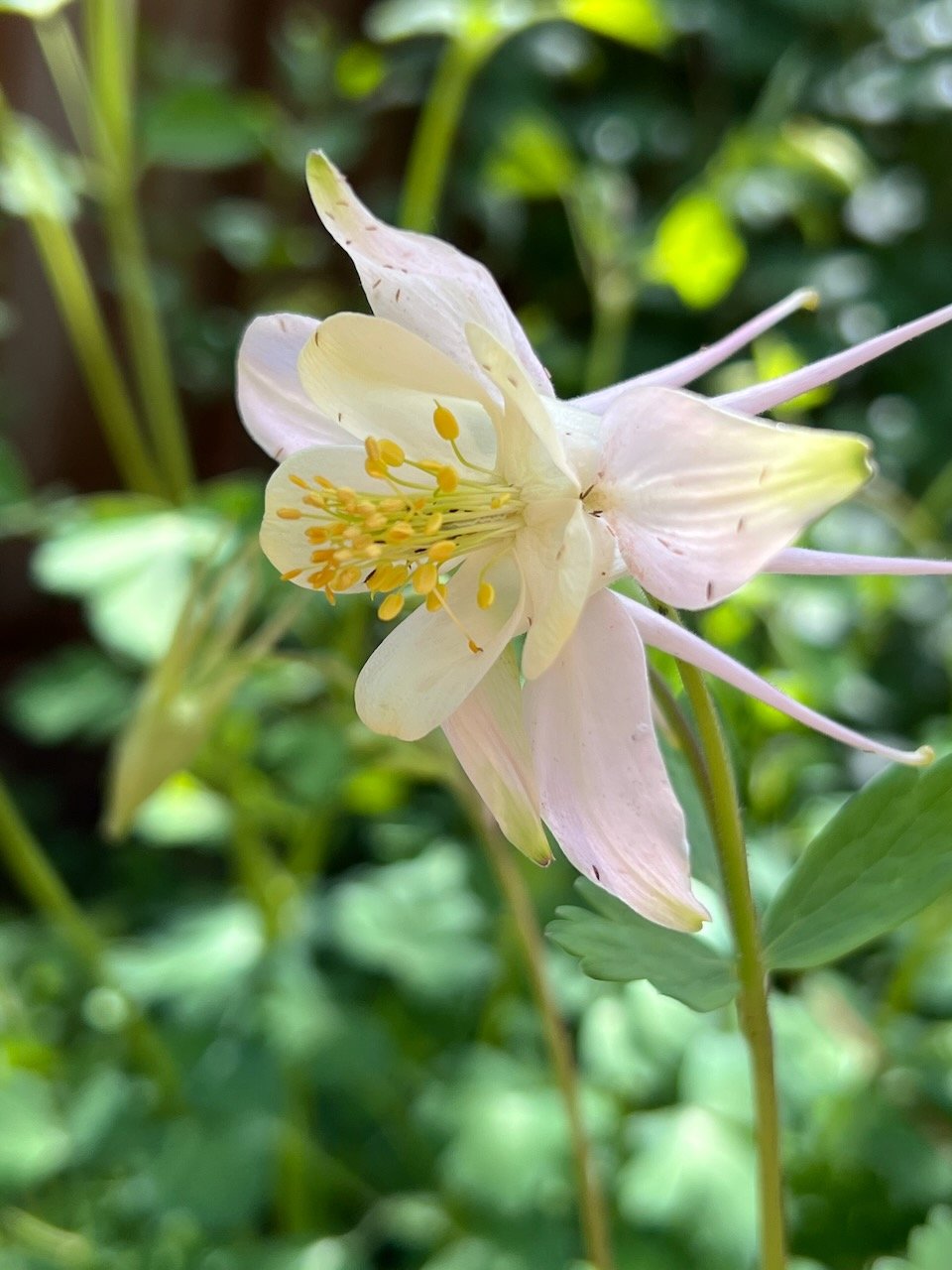April is distracting, isn’t it? The house finches are plucking coconut coir from my hanging baskets to make their nests, the yellow-faced bumblebees are in the borage, and the clematis ‘Montana’ is a froth of pink. Nature is in the midst of transition.
And so is the garden! This is the time of year when the tomatoes and pepper seedlings have to be taken out of the ‘greenhouse’ every morning, and returned back every night. It’s still too chilly for them to be put into the raised beds, so they need to be babied a bit. Oh, it’s hard to wait.
But they’re still too little, and the soil too cold. However, other things can be planted! I’ve removed the lingering cauliflower, cabbage, chard, broccoli, and beets; in their places I’ve planted potatoes (Yukon Gold, Huckleberry Gold, and German Butterball), pole beans (Rattlesnake, my favorite) and the dry beans from Rancho Gordo. I’ll wait until May to plant cucumbers, basil, and winter squash.
We’re still eating peas, both shelling and snap, nearly every day, along with asparagus (six years after planting the most recent batch of crowns, and we’re finally getting all we can eat). Artichokes are coming on, and the herbs are going crazy - the oregano and marjoram and sorrel just overtaking their beds, and the chives and culinary sages blooming beautifully purple!
And the flowers… well, the flowers are abundant. Borage, and poppies, and phacelia, and heuchera, and columbine, and salvias, and echium…. the list goes on and on, and I haven’t even told you about the fruit trees and bushes yet. Summer is coming!
What’s happening in your garden?













